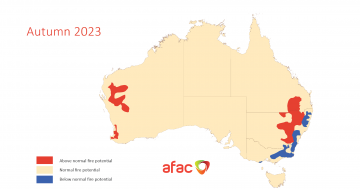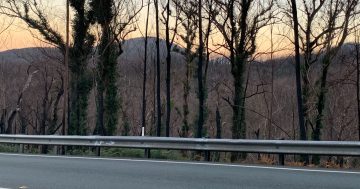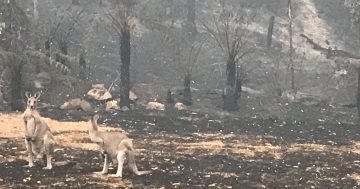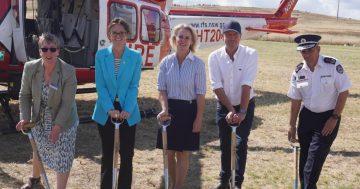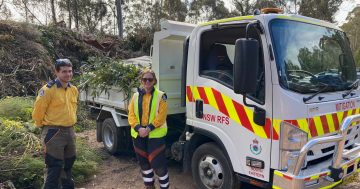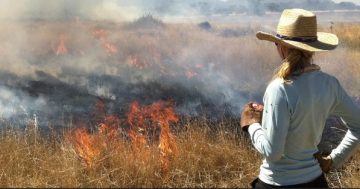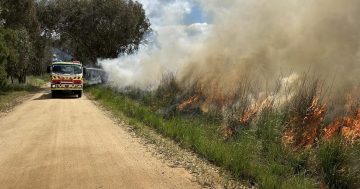
Smoke from the Black Summer bushfires near Moruya on New Year’s Eve 2019. Photo: Region Media.
The bushfire danger period started yesterday (1 September) for 21 NSW local government areas, including Shoalhaven, Eurobodalla and the Bega Valley, meaning landowners must now obtain a permit to light fires.
Grass fires will be a particular concern for local Rural Fire Service brigades over the coming months due to the increased amount of rain.
The threat of grass fires will increase as the grass dries out, NSW RFS Commissioner Rob Rogers said.
“While hazard reductions are an important part of preparations, landholders need to be extremely careful as escaped burns can lead to heavy penalties,” he said.
Mr Rogers said now was the time for families to discuss and update bushfire survival plans as RFS crews prepare for the fire season ahead.
“Have the conversation with your family about what you will do during a fire – talk about when you’ll leave, where you’ll go, what you’ll take and what you’ll do with animals,” he said.
Residents are being told to use the online notification system as RFS members do not need to inspect the property for a permit while the current health orders are in place.
Anyone conducting a burn must notify the RFS or face substantial fines and up to 12 months in prison. Neighbours must also be notified at least 24 hours before any burn is conducted.
The warning comes as the RFS continues to search for a Far South Coast community safety officer following the departure of Marty Webster almost a month ago.
But the South Coast is due to receive some reprieve ahead of spring with predictions of below-average fire potential, according to the national council for fire and emergency services.
The forecast from the Australasian Fire and Emergency Services Authorities Council’s (AFAC) was in part due to the lack of forest fuels for fire, which takes longer to recover from major bushfires than grassland areas.
The ACT is also predicted to have a below-normal fire risk in forest areas due to above-average rainfall and close to average daytime temperatures and warmer nights throughout spring, but the wetter winter has also exacerbated the fire risk for the Territory’s grassland areas.
For information about the Bush Fire Danger Period, visit www.rfs.nsw.gov.au/BFDP. To notify authorities of your intent to burn on your property, use the online burn notification tool at www.rfs.nsw.gov.au/notify.




